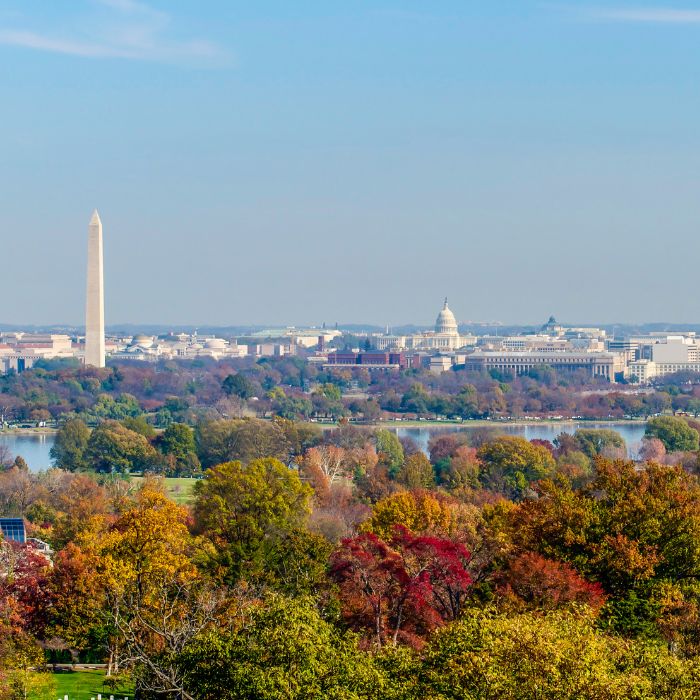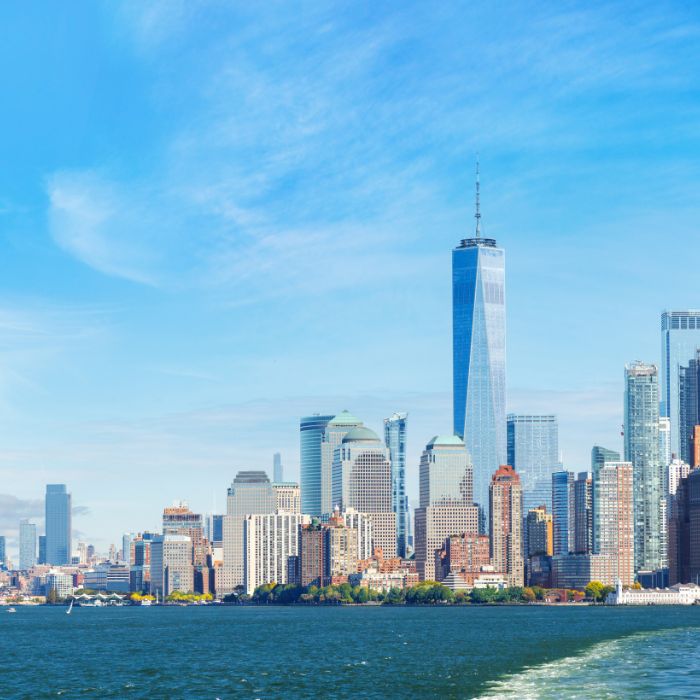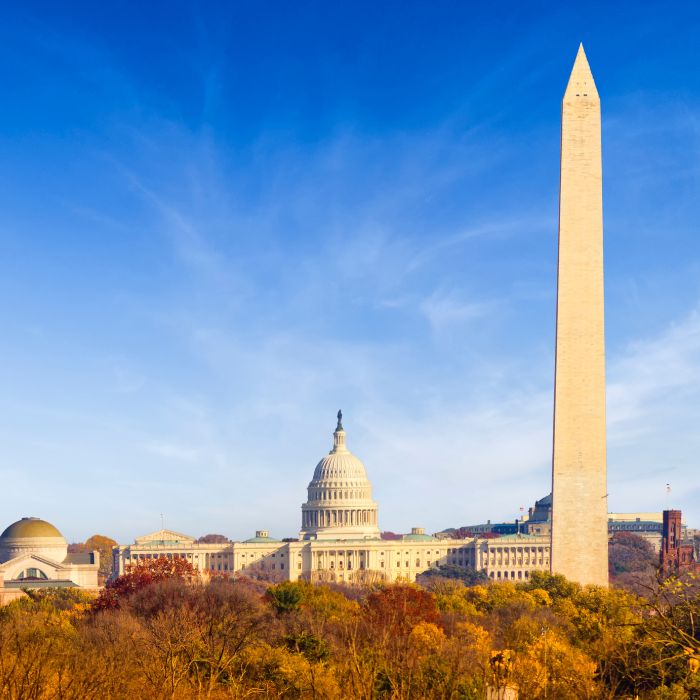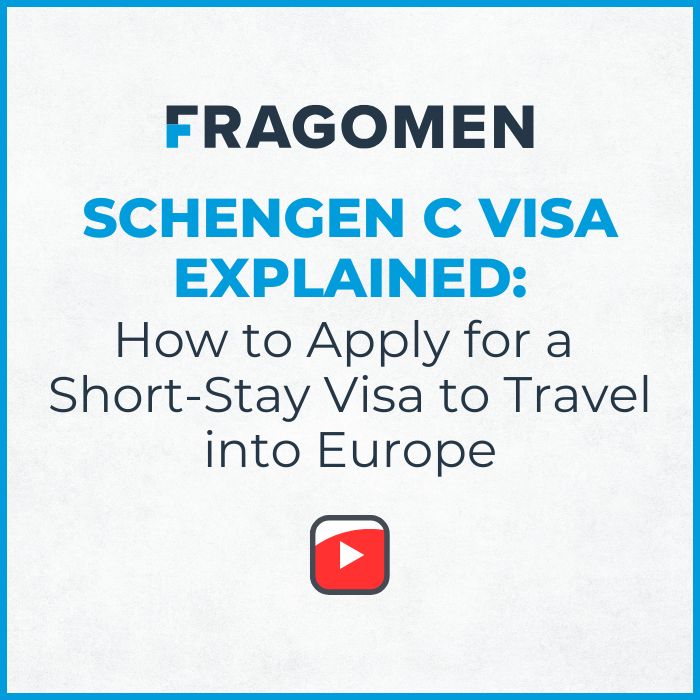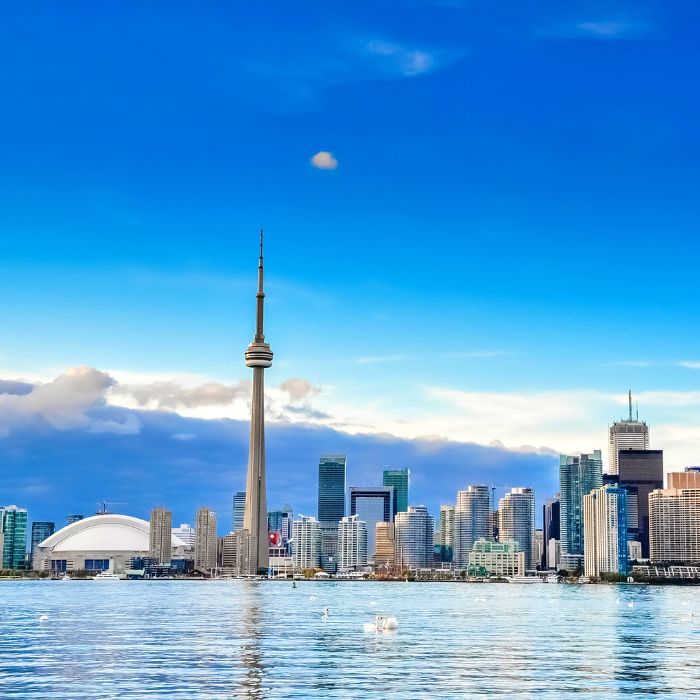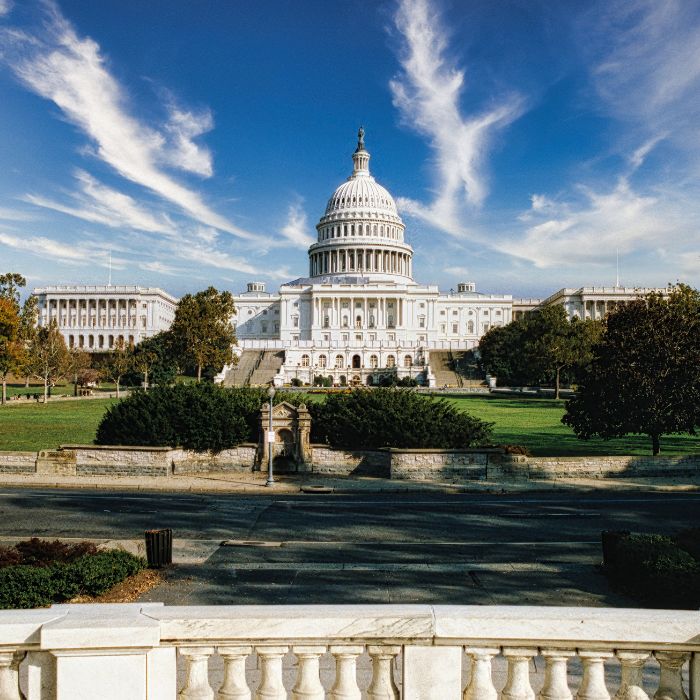UK Creative Industries & Immigration: What the 2025 Policy Changes Mean
July 17, 2025
By: Sean Rhodes, Jennifer Gray, Mariel Arquero
The Creative Industries are among eight high-growth sectors identified by the UK Government as key drivers of economic expansion. In June, the government unveiled The UK’s Modern Industrial Strategy, outlining its vision to transform these sectors over the coming decade. As part of this strategy, targeted investment and a clear framework for innovation will support the growth of the Creative Industries. The government's ambition is bold: to nearly double business investment in this sector, rising from £17 billion to £31 billion by 2035.
The diversity within the creative sector, and the reliance on international talent, plays a significant role in sustaining and growing the industry. Creative PEC’s latest State of the Nations report, Migration in UK Creative Occupations and Industries, confirmed that the UK’s Creative Industries rely extensively on international talent. For 2024, 16% of the creative workforce were migrants, which is a little higher than 14% of the rest of the economy. The number of visas for creative workers has been steadily increasing since the implementation of the UK’s points based post-Brexit immigration system. Since 2021, there has been a 70% increase in temporary visas for creative occupations, compared to 13.5% for non-creative ones.
What changes to the UK immigration regime are expected?
A White Paper was published on 12 May with the purpose of reforming the immigration system, looking at ways of reducing net immigration whilst also focusing on the growth of the UK economy. Specific details were published, in the latest Statement of Changes in the Immigration Rules, on 1 July 2025.
The question now is whether the government’s plans to reform immigration routes, as outlined in the White Paper and the July Statement of Changes, will continue to make the UK an attractive location for those in the creative industries to help deliver on the plan for growth detailed in the Industrial Strategy.
Changes to the Skilled Worker visa route
How will the skill level increase affect the creative sector?
The UK Government plans to increase the minimum skill threshold for the Skilled Worker route from RQF 3 (A-level equivalent) to RQF 6 (Degree level equivalent). This change is confirmed to take effect from 22 July 2025.
Some creative roles that are likely to be impacted and examples are detailed in the table below.
|
Roles |
Rules before 22 July 2025 |
Rules from 22 July 2025 |
|
Clothing, fashion and accessories designers
|
Sponsorable |
Sponsorable, but only via Temporary Shortage List until end of 2026 |
|
Interior Designers |
Sponsorable |
Not sponsorable |
|
Photographers, audio-visual and broadcasting equipment operators
|
Sponsorable |
Sponsorable, but only via Temporary Shortage List until end of 2026 |
|
Artist (Drawing and Painting) |
Sponsorable |
Not sponsorable |
|
Wardrobe assistants Design Consultant |
Sponsorable |
Not sponsorable |
|
Dancers and Choreographers |
Sponsorable |
Sponsorable, but only via Temporary Shortage List until end of 2026 |
Transitional provisions will apply for those who are already residing in the UK, on a Skilled Worker visa, under the rules in place prior to 22 July 2025. They may continue, for a limited period, to extend their visa and change employment in eligible occupations below RQF6.
What is the Temporary Shortage List?
The current Immigration Salary List contains occupations that can benefit from a reduced salary threshold under Skilled Worker route. A limited number of creative roles, such as dancers and artists, appear on the list.
The Government plans to abolish the Immigration Salary List and replace it with the Temporary Shortage List, which will have no salary discounts. Restrictions will also be implemented, stopping sponsored workers in roles on the Temporary Shortage List from being accompanied by their dependants.
All roles will be removed from the list on 31 December 2026 and ongoing inclusion will be subject to Migration Advisory Committee review, based on representations by UK businesses.
What are the increased salary thresholds for creative workers?
July’s Statement of Changes confirms that the Skilled Worker general salary threshold will increase from £38,700 to £41,700 per annum.
The going rates for the Standard Occupation Classification (SOC) codes have also been increased in line with the most recent Annual Survey of Hours and Earning (ASHE) data published by the Office of National Statistics. Candidates must meet the higher of the general salary threshold of the going rate for the SOC code.
|
SOC Code |
Previous Going Rate - based on a 37.5 hour working week |
New Going Rate - based on a 37.5 hour working week |
|
Designers in the clothing industry and interior designers - 3422
|
£40,500 |
£36,500 |
|
Interior Designers-3421 |
£33,300 |
£35,200 |
|
Photographers-3417 |
£30,960 |
£33,400 |
|
Artist (Drawing and Painting)- 3411 |
£32,800 |
£38,200 |
|
Wardrobe assistants Design Consultant- 3429 |
£31,800 |
£39,300 |
|
Sound engineer- 3417 |
£30,960 |
£33,400 |
|
Dancers and Choreographers- 3414 |
£31,200 |
£33,400 |
The government has commissioned the MAC to review the salary threshold and the going rates for the Skilled Worker route. Businesses in the creative sector should look to engage with the MAC to help shape the future of the route
Will government fees be increasing?
The UK immigration fees are amongst the highest in the world, and the government is set to increase the Immigration Skills Charge by 32% later in the year. Further details are anticipated in the autumn.
Global Talent route
A positive proposed reform is a potential expansion of the Global Talent route for elite talent in creative sectors. A Global Talent Taskforce to “turbocharge the UK approach to international talent attraction” has been announced.
It is understood that the government intends to:
-
-
- expand the Global Talent Visa route to make it more accessible to design talent.
- work with creative companies to “identify, accelerate and facilitate the relocation of the best creative talent to the UK.”
-
It is expected that opportunities may arise for businesses in the creative sectors to contribute to roundtables to help shape the future of the Global Talent route.
What short term travel options are available to creative workers?
The Visitor route currently permits those in the creative sector to enter the UK for short visits of up to 6 months to undertake limited permitted activities. This remains a viable short-term option for creative workers, such as musicians performing one-off shows at UK venues and actors or directors intending to film short scenes.
The Home Office has indicated an intention to evaluate the short-term productive work arrangements in future and so we would recommend considering what changes would be beneficial for your business.
Substantive changes to other short-term options, such as the Temporary Creative Worker route, are not anticipated.
What can creative industries do to influence UK immigration policy?
The Migration Advisory Committee (MAC) has accepted two calls for evidence from the Home Secretary on salaries and the Temporary Shortage List (TSL). These will focus on:
1. Review of Salary Requirements for Work Visas
The MAC has been tasked with evaluating and recommending revisions to salary thresholds for the sponsored visa route. The current system includes multiple discounts and complex requirements that the government intends to simplify and update. The MAC is asked to consider:
-
-
- The appropriate salary thresholds for the Skilled Worker visa.
- Whether separate thresholds should continue for Global Business Mobility and Scale-up routes.
- The validity of existing salary discounts, including for PhD holders, new entrants and national pay scale roles.
- Whether there should be changes to the approach on going rates.
- How often salaries should be reviewed.
-
The government has emphasised that:
-
-
- Salary thresholds must be increased to ensure international recruitment does not undercut fair pay for UK workers.
- Discounts should be exceptional and clearly justified.
-
2. Review of the New Temporary Shortage List (TSL)
The MAC is asked to conduct a two-stage review:
1. Initial Assessment:
-
-
- Identify occupations crucial to the industrial strategy that could be considered for inclusion.
- Consider whether visa conditions such as caps and time limits—either universal or occupation-specific are appropriate
-
2. Final Evaluation:
-
-
- From the potential pool, confirm which occupations meet the full criteria for Temporary Shortage List inclusion, based on:
-
-
-
-
-
-
- Demonstrated workforce shortages
- Existence or development of credible workforce strategies
- Sectoral commitment to:
-
-
-
-
-
-
-
-
-
-
-
-
- Domestic recruitment (in partnership with Department for Work and Pensions)
- Minimising worker exploitation (especially migrant workers)
- Long-term training and upskilling via sectoral plans and Skills England
-
-
-
-
-
-
-
The MAC is expected to collaborate closely with the Labour Market Evidence Group (LMEG) and consult UK-wide bodies to ensure regional considerations are accounted for.
Need to know more?
Fragomen professionals are currently working with clients to start preparing representations to help influence the future of UK immigration. Please contact us to discuss how we can help your business. Reach out to Senior Manager Sean Rhodes at [email protected] and Associate Jennifer Gray at [email protected].
This blog was published on 18 July 2025, and due to the circumstances, there are frequent changes. To keep up to date with all the latest updates on global immigration, please subscribe to our alerts and follow us on LinkedIn, Twitter, Facebook and Instagram.





